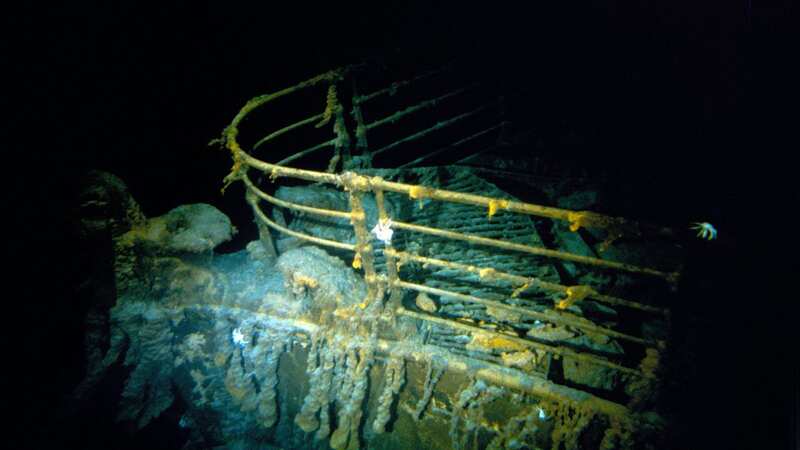Fresh confusion about Titanic's final fate after submersible's tragic implosion

When news broke that the Titan submersible had tragically imploded, many people were left wondering why the Titanic hadn't suffered the same fate when it sank in 1912.
The OceanGate sub had been exploring the depths of the sea when it suffered a "catastrophic implosion", killing all five people onboard instantly.
Experts said the bodies of those onboard were likely "turned to dust" in less than a millisecond, before any of them realised what was happening.
As theories resurface around the dreaded 'Titanic curse' following the tragedy, some people have questioned how the Titanic managed to stay relatively intact, despite being on the sea bed.
 The Titanic didn't implode when it sank to the bottom of the sea - and people want to know why (Popperfoto via Getty Images)
The Titanic didn't implode when it sank to the bottom of the sea - and people want to know why (Popperfoto via Getty Images)Author Jesse Kelly's curious tweet went viral after he admitted his question was 'dumb'.
 Haunting new Titanic video shows deterioration and where iceberg first spotted
Haunting new Titanic video shows deterioration and where iceberg first spotted
Meanwhile, another Twitter user asked a similar question: "Why didn't the Titanic or the bodies implode on the way to the ocean floor?"
Magazine co-founder Sean Davis demystified the confusion with his response: "The wreckage isn't pressurised, so there's no pressure differential".
Another Twitter user added: "The sub was, well a sub, a vehicle where no water can enter. Now the Titanic, had doors and windows, where water can flow in, matching the pressure outside."
"When a submersible is deep in the ocean it experiences the force on its surface due to water pressure. When this force becomes larger than the force hull can withstand, the vessel implodes violently", IFLScience shared, quoting physics professor Arun Bansil.
If the pressure on the inside of an object is lower than the outside, an implosion is likely if the vessel containing the pressure can no longer stand the pressure around it.
 Parts of the Titanic are intact, such as the bow (CBS via Getty Images)
Parts of the Titanic are intact, such as the bow (CBS via Getty Images)But some parts of the Titanic did actually implode, including the stern (the rear). This happened, according to IFLScience, when the ship sank 60 metres (200 feet) below the water's surface.
The reason certain parts of the Titanic didn't implode is because the air could be released from them so as they filled with water, the pressure was the same inside and outside.
This explains why the bow (front) of the Titanic is recognisable despite it sitting on the sea bed, whereas the stern (the rear) is not.
Read more similar news:
Comments:
comments powered by Disqus

































